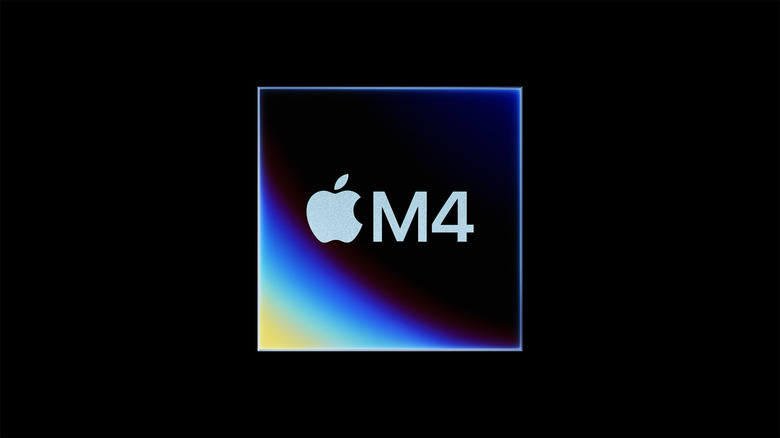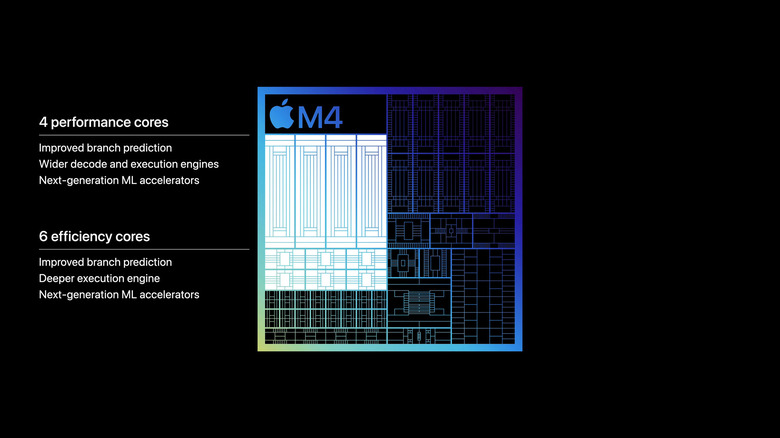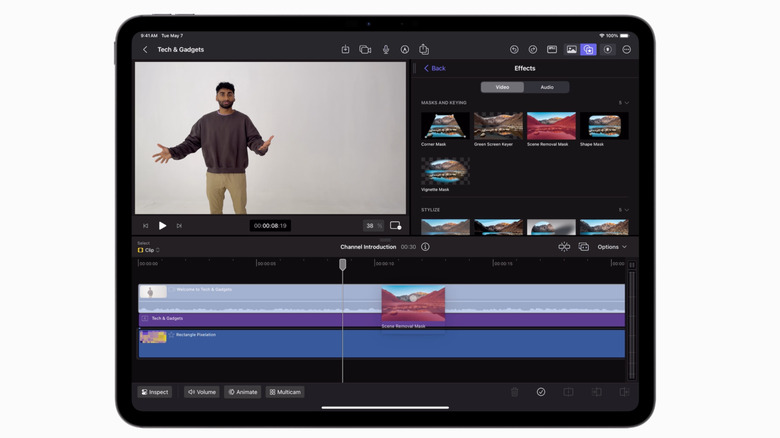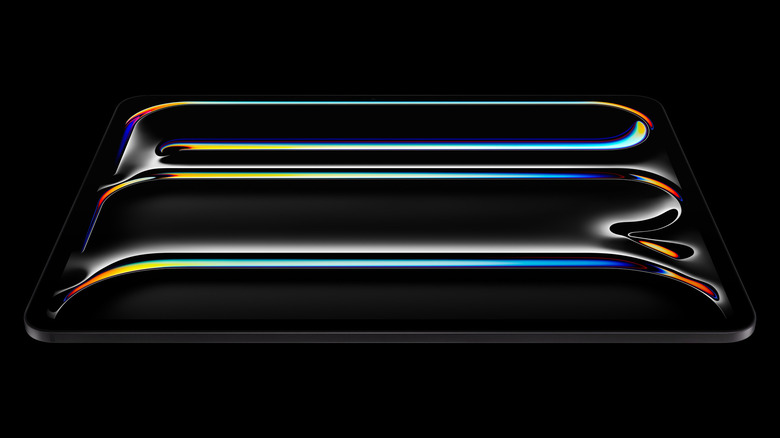Apple M4: How Much Better Is It Really?
Apple is releasing new M4 chips just six months after it released the M3 lineup. However, the timeline of the release is not as surprising as the device it powers — the new iPad Pro, which leaps from the M2 and skips the M3 entirely. This is quite unlike Apple's usual pattern of releasing a new chipset with a new Mac lineup so far.
The new M4 silicon is Apple's second chipset to follow a 3-nanometer architecture (after the M3). There isn't a noteworthy improvement in that respect, and Apple refrains from directly comparing performance to the M3. Despite Apple hailing the new M4 as a "big step forward for Apple Silicon," it appears to be a more polished version of the M3. However, there are still some improvements that can help the former stand out.
If you plan to buy the new iPad Pro 2024 — or are just curious about upgrades Apple could bring to its Mac series this year — here is everything new and improved that the M4 offers.
Some new bits, some repackaged
The first of the improvements on the M4 silicon is a new CPU layout, now with 10 cores instead of eight on the baseline M3. The 10 cores comprise four performance cores and six efficiency cores, which combine for a 50% claimed performance boost over the previous model of the iPad Pro released in 2022. Apple also says the more efficient 3 nm architecture allows the M4 iPad Pro to deliver the same performance for half the power consumption compared to an M2.
The other change includes a 10-core GPU, the same as the M3 from the MacBook Air released earlier this year. Apple says this GPU "builds on" the previous hardware from the M3. The M4 offers what Apple calls Dynamic Caching, which enables features such as hardware-accelerated ray tracing and mesh shading for more realistic rendering in 3D models and games. These features were already present on the M3, but Apple brings them to the iPad Pro with the M4.
Apple says the new M4 delivers four times faster "Pro rendering" than the M2, but the vague terminology makes actual performance upgrades ambiguous. According to Notebookcheck's testing, the M3 performed 10-20% better across various benchmarks compared to the M2. Since this is essentially a souped-up M3, don't expect a huge performance leap.
Substantial upgrades to AI performance
Things have changed substantially since Apple released its last iPad Pro, with AI becoming central to any consumer-facing or enterprise tech product. Apple is honing in and including what it calls its "most powerful Neural Engine ever." It features a 16-core design, which is again identical to the M3 but much more powerful.
Apple rightly deserves appreciation for being one of the first brands to include a neural processing unit on a mobile chipset, starting with the A11 Bionic, which launched with the iPhone X and 8 series. While mobile chipmakers such as Qualcomm, MediaTek, Samsung, and Huawei shortly followed suit, PC component makers Intel and AMD have only started to incorporate dedicated modules for AI processing.
The new Neural Engine — more commonly called a Neural Processing Unit (NPU) — can perform up to 38 trillion operations per second (TOPS), which is more than twice the 18 TOPS of the Apple M3 and slightly higher than the 35 TOPS claim Apple made for the A17 Bionic chip that drives the iPhone 15 Pro and Pro Max phones.
The faster NPU will come in handy for tasks where generative AI can replace manual labor, especially in creative apps like Adobe Photoshop or Final Cut Pro for the iPad.
Potential roadmap for M4 Macs
Besides these improvements, the M4 includes a dedicated Display Engine to run the new OLED screen on the iPad Pro 2024 models. Apple is calling this the "world's most advanced display" because of how it stacks two layers of OLED panels in a super-thin profile, which also earns it the name "Tandem OLED."
Besides ensuring the overlayed OLEDs work in tandem, the Display Engine also allows for accurate colors, high brightness, precise touch detection, and dynamic refreshing at various rates between 10 and 120Hz based on the content displayed on the screen. It's unclear whether the Display Engine will also be seen on M4 silicon when it powers Mac, but the inclusion is undoubtedly exciting for the iPhone 16 Pro, which could utilize an A-series chip essentially modified from the M4.
Furthermore, with the announcement of the M4, Apple will probably skip the M3 Ultra and may now focus on releasing the next generation of the Mac Pro with an M4 Ultra. Other Mac devices, such as the Mac Mini and Mac Studio, are also due for upgrades and are likely to embrace variations of the M4 silicon instead of the M3. Meanwhile, Apple's chances of upgrading the MacBook Pro sometime in late 2024 or early 2025 are higher than the MacBook Air, which was recently refreshed with the M3 chipset.



